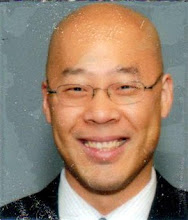Criminal Law (2005 Fall)
VII. CAUSATION
Both the actual and proximate causes must be met. The first is about possibility; the second is about judgment.
-
Actual Cause
But-for causation [Acosta – “But for” defendant’s fleeing the police, helicopter would not have been in position for crash]
- Proximate Cause
- Foreseeability – “Barely objectively cognizable” risk suffices, but not for intent, even “conscious disregard”, precisely because it is barely foreseeable. [Acosta – Helicopter crash in high speed pursuit]
- Intervening Cause – Causes that break the chain of causation (unless foreseeable).
- Arzon – Firefighter killed by a 2nd fire in the same building while responding to fire set by defendant; because firefighter’s risk was foreseeable, no break in chain of causation.
- Kibbe – Defendants left vagrant out in the cold, who was then struck and killed by a passing drunk; no break in chain of causation; defendants liable.
- Stewart – Victim was hospitalized for injuries sustained from attack, died in subsequent unrelated surgery; defendant not liable due to break in chain of causation.
- Triggering Cause – An act or omission that sets the chain of causation in motion.
- Warner-Lambert – No evidence of how factory fire started despite presence of potentially explosive substances.
- Welansky – Evidence of how fire started resulted in conviction of nightclub owner for involuntary manslaughter.
- Deitsch – Defendant liable for warehouse fire despite not knowing how the fire started, because charge directed at defendant’s actions in blocking fire escape with bales.


No comments:
Post a Comment